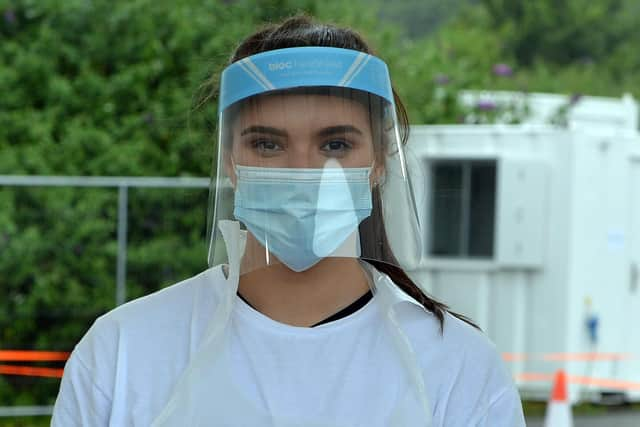Why Sheffield has become an 'area of concern' on the Government's coronavirus watchlist
and live on Freeview channel 276
The city was added to the list as ‘area of concern’ on Friday, 11 September after previously requiring ‘enhanced support’ in July. Sheffield is currently at the first of three ‘stages’ for areas with high infection rates. If things worsen, the city could get enhanced support from the Government once again or, later, a national intervention like Greater Manchester.
How did it come to this?
The number of positive cases has been rising nationally, in particular in Yorkshire, where there were 9,453 confirmed cases between 29 June and 8 September. The North West was the only region in England which recorded more positive cases during this period.


Advertisement
Hide AdAdvertisement
Hide AdSheffield’s director of Public Health, Greg Fell, who is tasked with leading the city’s strategy to contain the spread of the virus, said: “Infection numbers in Sheffield have been just a wee bit higher than anyone has found comfortable.
"They have always been a bit higher than the rest of South Yorkshire.”
In the seven days to 10 September, there were 49 cases per 100,000 people in Sheffield. Mr Fell previously said an infection rate of 50 or higher per 100,000 members of the population is one potential trigger for tighter restrictions, but there are other factors to consider. The city is not thought to be close to a national intervention at this stage.
Sheffield City Region Mayor Dan Jarvis said the infection rate had at least doubled in every local authority area in South Yorkshire in the seven days to Wednesday, 7 September.